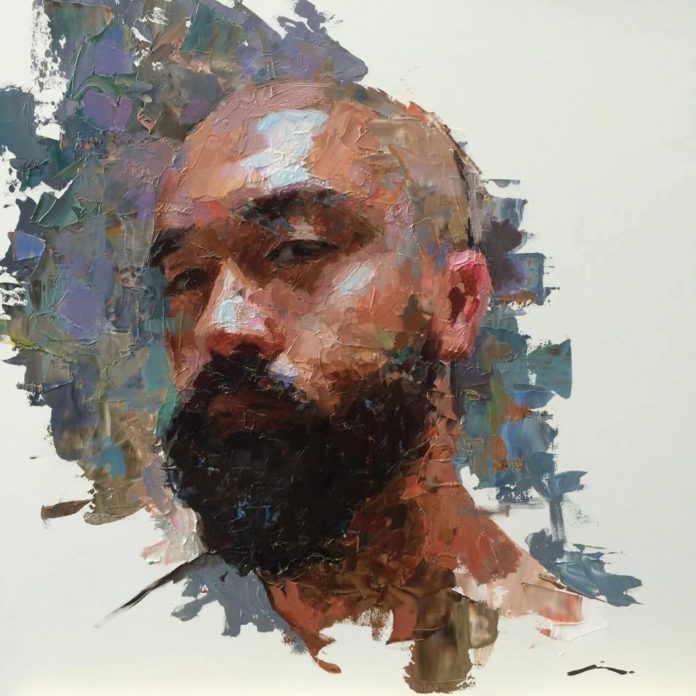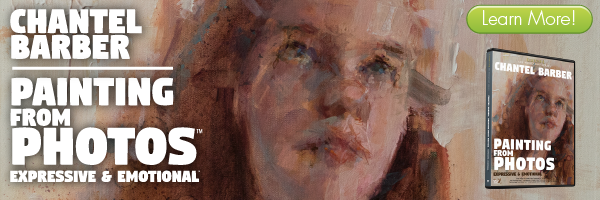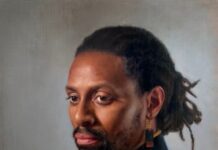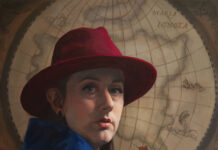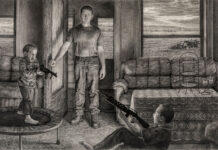How painting only for other painters you admire forces you to be more adventurous and ambitious than you may otherwise have been when working for a client or developing a series for a gallery.
BY JUSTIN HOPKINS
“There is no new wave, only the sea.” – Claude Chabrol
The act of creating a piece of art and displaying it publicly is a collaboration between the artist and whoever makes contact with it. The viewer comes with a specific set of circumstances and experiences—something uniquely personal. Art cannot be created in a vacuum. People will take what you’ve done, and, for better or worse, make it their own. As an artist, I work hard to accept this, and not let it affect how or what I produce. And utilizing the internet and social media, whole collaborative worlds can sprout, distances can be closed, time can be compressed, and new conversations can be had at a quicker rate.
This led me to the creation of “_Lo.”
Around 2015, three friends decided to start an experimental project. This collective included Emilio Villalba (a painter from San Francisco), Daniel Segrove (a draftsman also from San Francisco) and me (a weirdo living in New York City). We all met online in some capacity and felt that although our work was all very different, there were similarities connecting us, creating a united vision.
We decided to use our different artistic vocabularies and attempt to filter them into a cohesive statement. We wanted to explore another way to collectively access new terrain, as well as new audience participants. Not only would we share ideas and our own set of diverse influences, but we would also lend our personal techniques and muscle memories to the physical shaping of the pieces.
On “_Lo,” each of us added and subtracted from the same composition to create a new and unplanned result. Improvisation and openness to adaptation is key to a shared success. This takes a tremendous amount of respect, and an astounding amount of trust.
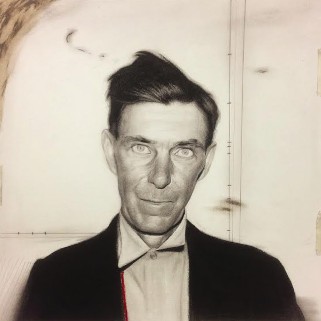
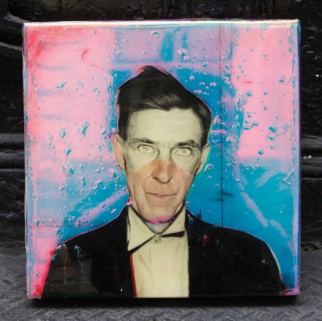
About a month after the formation of “_Lo,” Emilio, Daniel, and I were asked to participate in another experimental alliance called “Death of a Coworker.” DOAC is a group of 14 representational artists from around the world handpicked by Benjamin Bjorklund and Blake Neubert. Artists were paired up and exchanged portraits every month. The lineup consisted of Alex Beck, Colin Chillag, Benjamin Bjorklund, Mia Bergeron, Keniche Hoshine, Blake Neubert, Michael Reeder, Daniel Segrove, Emilio Villalba, Timothy P. Wilson, Wendelin Wohlgemuth, Felicia Forte, Nicolas Uribe, and me.
Related Article > Allez! Collaborative Figurative Art
See what happens when two contemporary artists — Nanci France-Vaz and Dorian Vallejo — share the same canvas in an artistic “duel.”
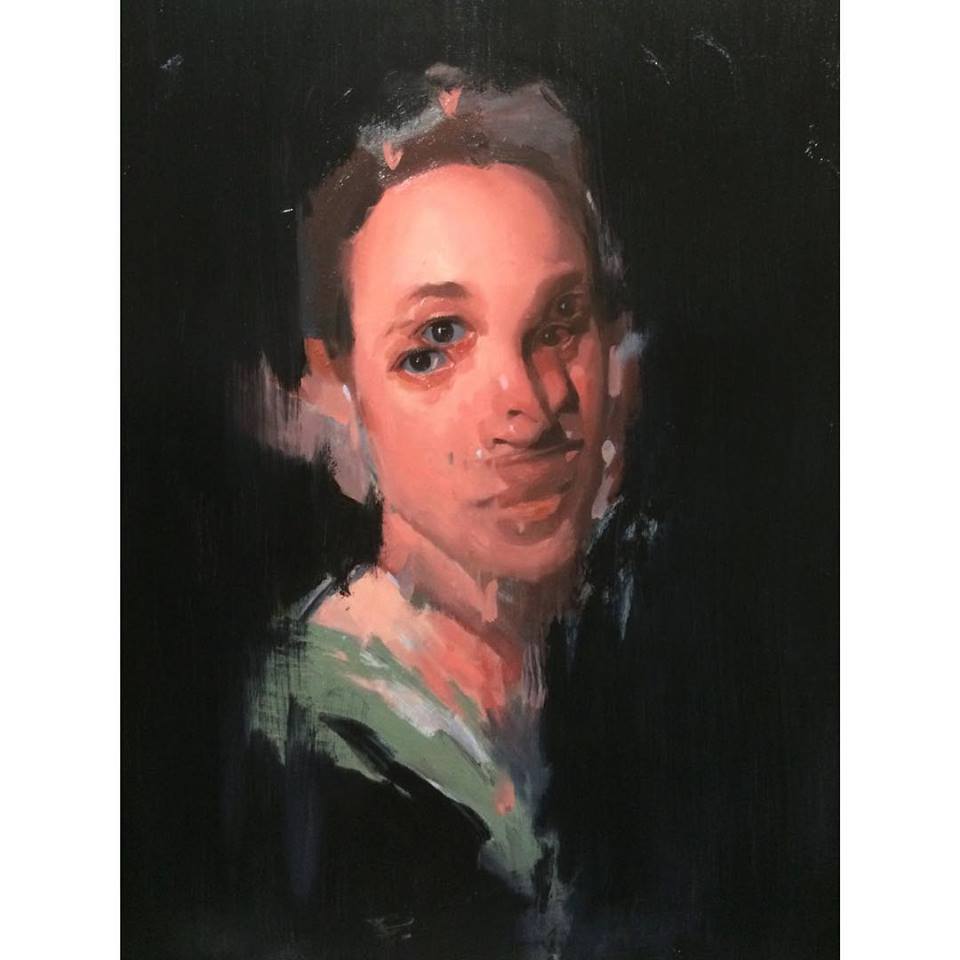
Most of these artists had never met in person. Built by artists, for artists, the system ran on a currency of respect. Painting only for other painters you admire forces you to be more adventurous and ambitious than you may otherwise have been when working for a client or developing a series for a gallery. In a way, the stakes feel higher. Each piece is a snapshot of evolving growth as an individual, but also a larger creative organism. This project expanded and changed like a living thing for an international audience on Instagram.
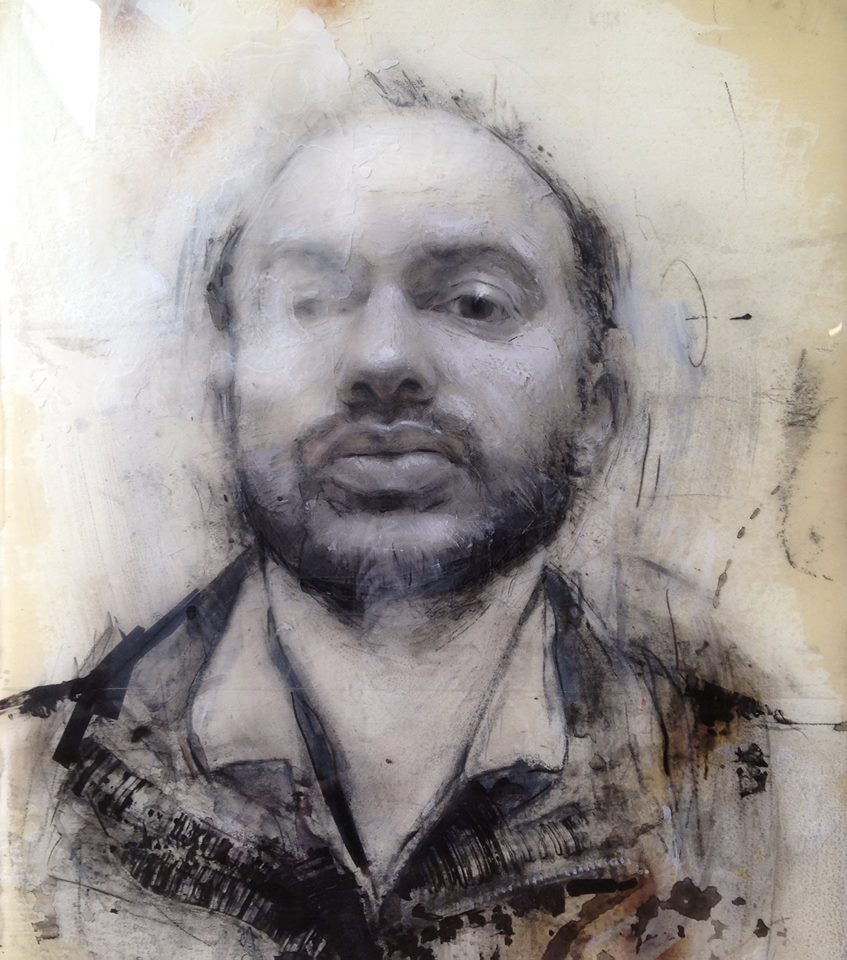
The delusion of difference is strong, and the myth of the lone genius auteur is an overrated and misleading one. In the pursuit of any creative endeavor very rarely is there any innovation without precedent or influence. Every new work is built on the collective intelligence of everyone else who came before. It’s the push and pull of call and response that creates something new and exciting. We are at an important point in time when this ever-progressing conversation is an open and evolving one that spans the entire globe. Language barriers and geographic barriers are no match for a shared artistic vision.
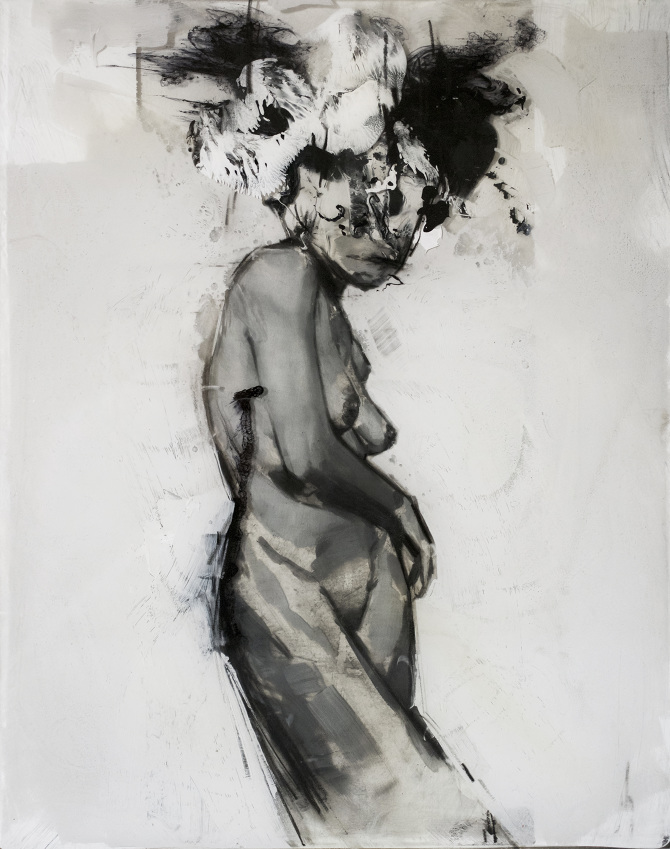
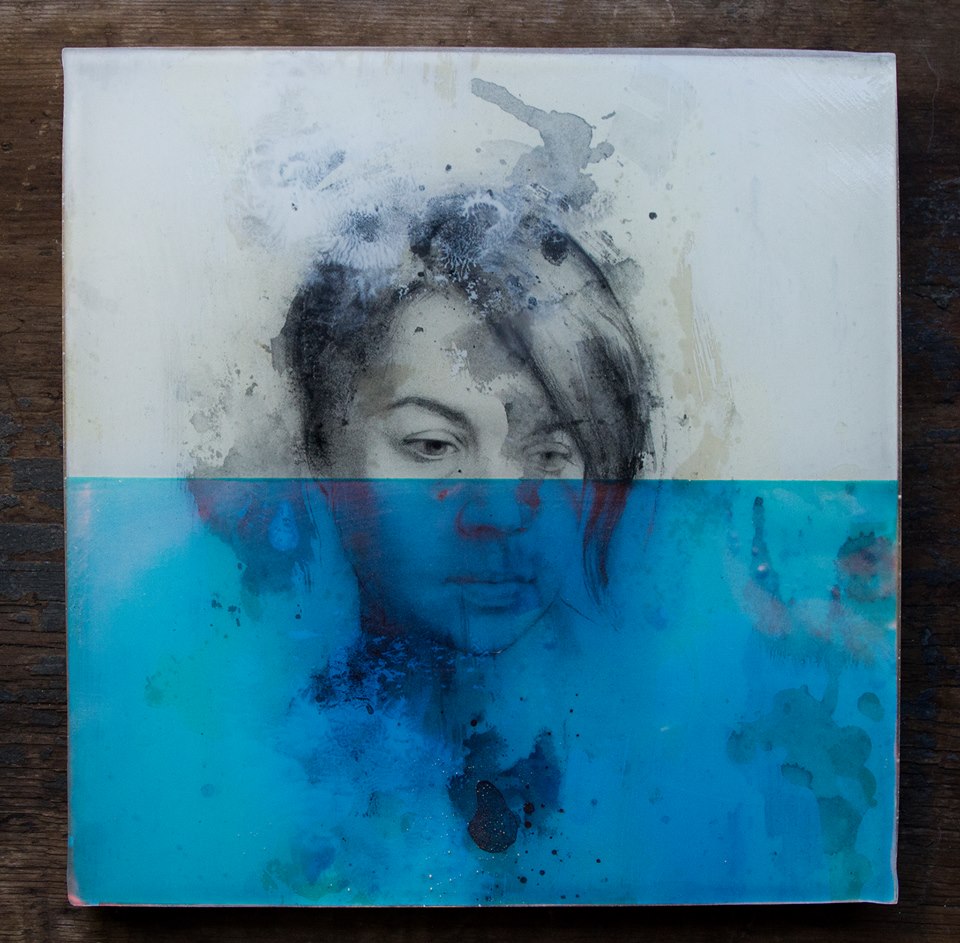
How do you collaborate with other artists? Share your experiences in the comments below.
This article is sponsored by the PaintTube.tv Art Video Workshop, “Chantel Barber: Painting from Photos“
.


